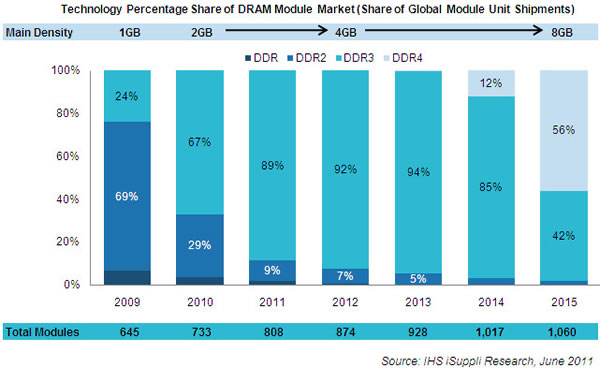The slide above talks nothing about the longevity of GDDR5. It only talks about its ramp and how these 2 interlinked standards will co-exist in the context of serving different GPU memory markets.
If/when GDDR6 becomes ratified, expect most GPU manufacturers to jump ship in 1 generation.
If/when GDDR6 becomes ratified, expect most GPU manufacturers to jump ship in 1 generation.


